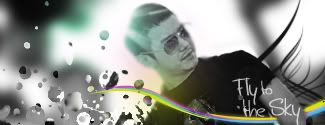@odlam:
Its almost irrelevent.
Wether its speed, chi, illusions, or whatever, I think Oda's intent is simply to show us that in the Asura stance, Zoro's power as a sword fighter increases dramatically. The extra limbs and heads are just eye candy and the visual reference for us as readers that he's accessed a new level of swordsmanship while in this stance.
Just as the animals were shown to show us Zoro has the "power" of that animal in his strikes, the Asura stance shows us that he figurtively has the power of a god/demon in this attack, thus is a much higher level assault. But I don't think its more more real than the animals were.
Just as Zoro uses his chi or spirit for the animal strikes, he also uses it for the Asura stance. Just this particular stance is much superior in power, to the point that the enemy even sees the actual illusionary manifestation of the Asura image on Zoro's body.
So no the swords aren't real, but at the same time, they might as well be, because the illusion is indicitive of the strength of the stance.
Thats a fairly kickass explanation, but its simple too, and its consistent with what Zoro has shown throughout the series to this point, so it works for me until Oda reveals specifics.
Excellent explination odlam! But I thought the enemy could see the illusions of the animals in ALL of his attacks?
NEW THEORY ABOUT THE KITETSU III:
Okay, we all know that Roronoa's sword, the Kitetsu, is a blood-thirsty sword that likes to kill. In Whiskey Peak, he had little control over. At Arabasta against Daz Bones, he could at least make it "not want to" cut. But now, he has mastered control over it and thats what this chapter was about.
An Ashura is a demon in Asian mythology with multiple arms. They are known for being extremely selfish and were enemies of the gods because they only "fought for themselves". I think the Kitetsu III represents this selfishness, and Roronoa's "upgrade is having conquered the sword's stubborness; thus, improving his spirit and subtlety.









